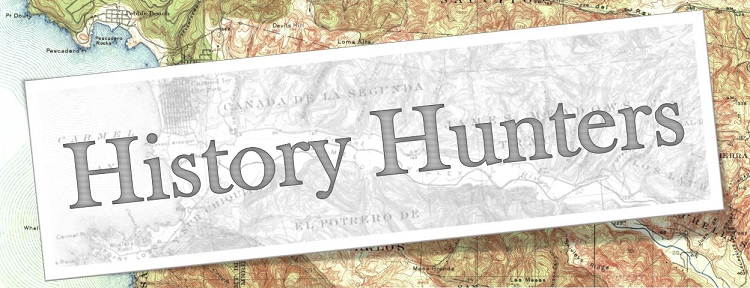
In addition to keeping track of current populations of rare and sensitive species, the CNDDB records historical species locations. Historical records provide important information on which species might occur in an area, and how species range and abundance may have changed through time. There is a wealth of information available in museum collections and field notes, but it can be a challenge to accurately map historical locations when place names, highway routes, and local landmarks have changed so much in the ~150 years of specimen records we have for California! This series will focus on some of the challenges we encounter and interesting history we uncover while mapping historical rare species data.
Submerged, but not forgotten.
Inundated, not extirpated.
Some we feared drowned
Hide and wait to be found.
- Anonymous
There are over 1300 reservoirs in the state of California, and nearly every major river has been dammed at least once. Many old collections reference towns, bridges, and roads that were abandoned or moved due to reservoir construction. The towns of Mormon Bar, Copper City, and Monticello appear on old topographic maps, but are now buried under the waters of Folsom Lake, Shasta Lake, and Lake Berryessa respectively. It can be difficult to pinpoint exactly where a specimen was collected if it references a landmark that’s now underwater! However, with the 2011-2017 drought the water level was so low in many reservoirs that some of these features  became visible again above the surface of the water. For example, the
became visible again above the surface of the water. For example, the  Bartlett Springs Bridge was abandoned in place when Indian Springs Reservoir was built in 1975, but it was rediscovered in 2015 by some intrepid bridge hunters who are now advocating for it to be preserved and restored.
Bartlett Springs Bridge was abandoned in place when Indian Springs Reservoir was built in 1975, but it was rediscovered in 2015 by some intrepid bridge hunters who are now advocating for it to be preserved and restored.

The town of Monticello (left) was flooded in 1957 when Lake Berryessa (right) was formed.
Of course, the species represented in historical collections may not still exist at that site if it is now underneath a reservoir! However, this information is still useful to record in case there is still a possibility for that species to occur in the area. It may be that the species in question is able to disperse and reestablish itself in suitable habitat nearby, or that only a portion of the population was wiped out.
In the case of the Bartlett Springs Bridge, foothill yellow-legged frog was collected there in 1964, 11 years before the reservoir was built. That site may be flooded now, but foothill yellow-legged frogs have been observed more recently in the vicinity of the Indian Valley Reservoir and on the North Fork Cache Creek, so it is possible that they still occur near the Bartlett Springs Bridge as well. The Indian Valley brodiaea is another species with known populations nearby and at least one historical population where the reservoir is now. Both of these species still have the potential to occur in the area, even though the original collection sites are underwater.
In these cases, surveying suitable habitat in the surrounding area may turn up a population that hasn’t been seen in 50+ years! Even if we are reasonably confident that the population was extirpated, adding that information to the database provides decision makers with better information about the threats to the species as a whole, which they can use to prioritize future conservation efforts.